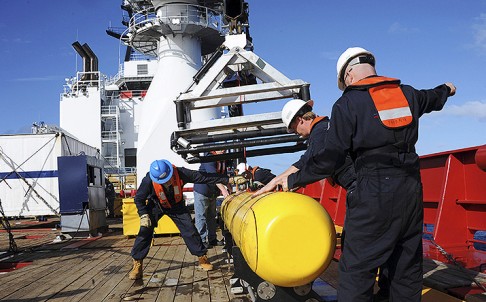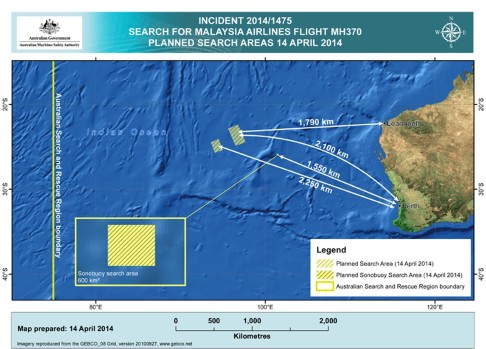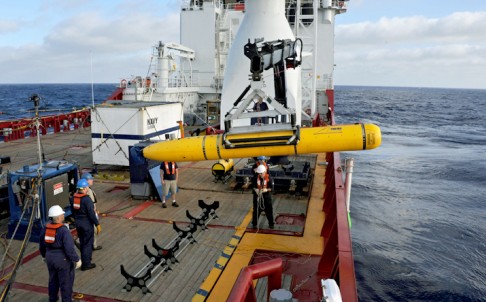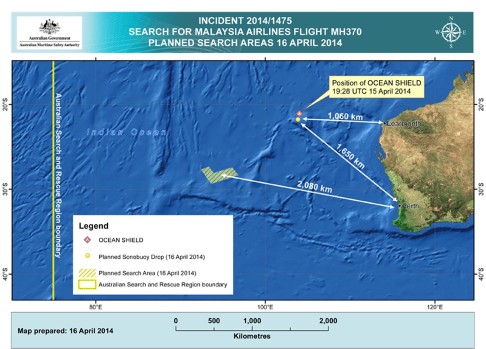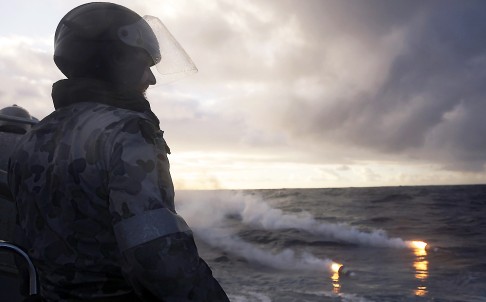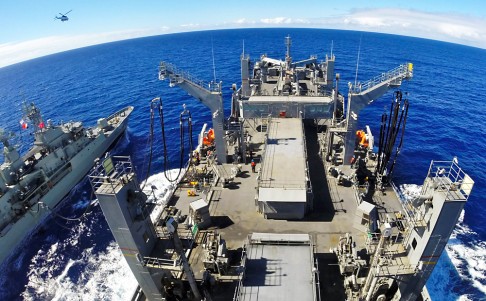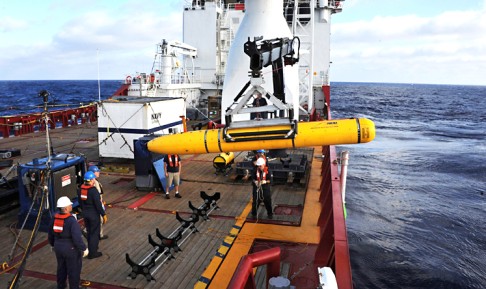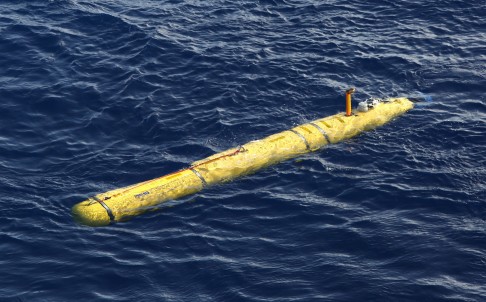- Joined
- Aug 19, 2008
- Messages
- 38,563
- Points
- 113
The plane, if we believe the Inmarsat pings, made a left turn when it was at Andaman sea and it did not drift over the ocean. It turned deliberately. If it had drifted, it would have went westerly and reach Maldives and then sunk near and off the coast of Somalia, when it ran out of fuel.
And RMAF failed to launch fighters...

